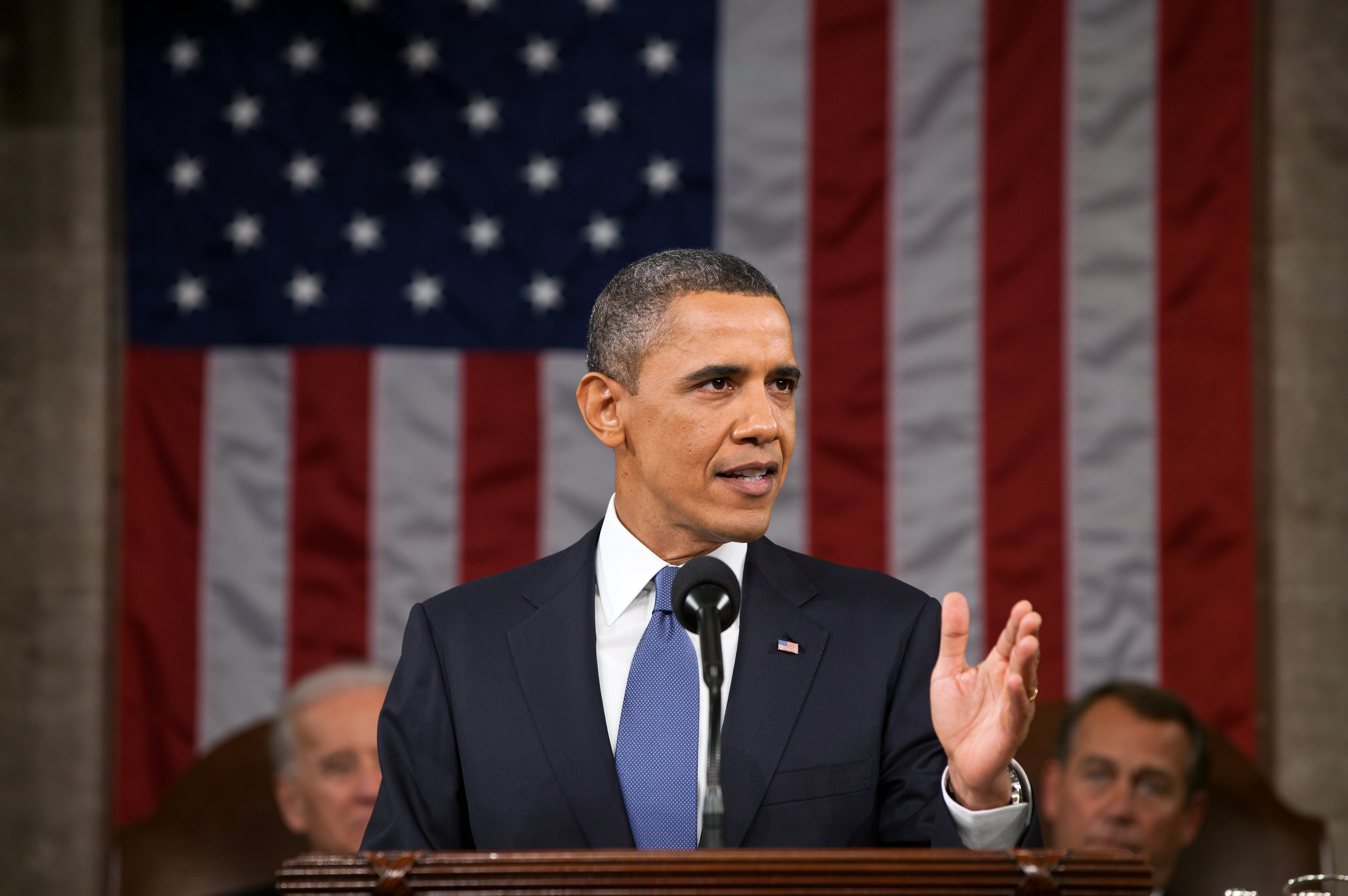
By Jonathan Coello | Published Oct. 22, 2016
In American society, both past and present, many people have often found themselves critiquing the president and his effectiveness as a leader. It is an action that generally begins the moment the individual takes office and continues throughout his or her tenure, whether that be one term or two terms. Bringing into account that our current President, Barack Obama, is reaching the end of his tenure in office, many scholars will begin to evaluate and write about his effectiveness. This article will be no different.
Although every person has their own personal standard by which they evaluate the president, the most effective is that which Richard Neustadt used. Neustadt, former professor at Columbia University and advisor to Presidents John F. Kennedy and Lyndon B. Johnson, developed a standard which includes three main criteria; the power to persuade, professional reputation, and public prestige. These three elements are often the critical points that either elevate the individual in office or bring that same person to his or her decline.
Beginning with the power to persuade, it is important to understand that persuade in this case, means bargain, and although Obama has had his share of somewhat successful bargains, for the most part he lacks significantly in this area and is most evident through the debt-ceiling crisis of 2011. In a letter to Senator Jim DeMint, Timothy F. Geithner from the Department of the Treasury expressed that roughly 40 percent of government spending relied on money that was borrowed. In other words, for the government to function without borrowing money, it would have to immediately cut spending by 40 percent, which would have a serious impact on members of the Armed Forces, Social Security recipients, veterans, and small business owners. In this, Obama sought to increase the debt limit not to expand our national obligations, rather to allow the US Treasury to fund programs which congress had already established. However, his ability to persuade fell short when he repeatedly had to threaten congress. Although it never fell to the point where Obama had to exercise executive action to bypass congress or veto legislation, the very notion that negotiations even got to that point shows that persuasion was on its way out the door.
The next element, professional reputation, in no way makes Obama look any better. In the minds of those who are to be persuaded, which are members of congress and other officials in Washington, perception of the man in office plays a huge factor in whether or not he will have support. In other words, their thoughts are shaped by what they see. Evidently, Obama’s inability to produce an effective economic recovery policy, prevent foreclosure, lower healthcare costs, produce a coherent energy policy, and restore America’s role in terms of foreign policy has painted a picture to both congress and Washington officials that he cannot get the job done. In turn, this inability causes a lack of support from within the establishment giving a blow to his professional reputation.
Although this final element, public prestige, varies greatly depending on who you ask, I believe that President Obama has done a slightly better job here than in the previous two sections, however, this does not mean he has succeeded. At the end of George W. Bush’s tenure, the people of this nation sought a leader who would bring them out of the hole they had fallen into; that leader was Obama. According to polls conducted by CNN, Gallup, and Real Clear Politics respectively, Obama’s initial approval rating was 69 percent in 2008, fell to 48 percent by 2015, and now stands at 50 percent. This goes to show that despite reforms in immigration and marriage equality, his numbers have not been consistent enough to keep him above the 50 percent threshold over the course of his tenure. To conclude, let us remember that the presidency is no place for the faint of heart and let us hope that in the years to come, someone will step up, man or woman, to lead this country effectively and respectfully.
Editor’s note: Jonathan Coello is a senior at Kean University studying political science. The ideas presented in this piece were adapted from a research paper he wrote for his American presidency class.
Follow The Tower on Twitter@KeanTower. Find The Tower on Facebook.

You must be logged in to post a comment.